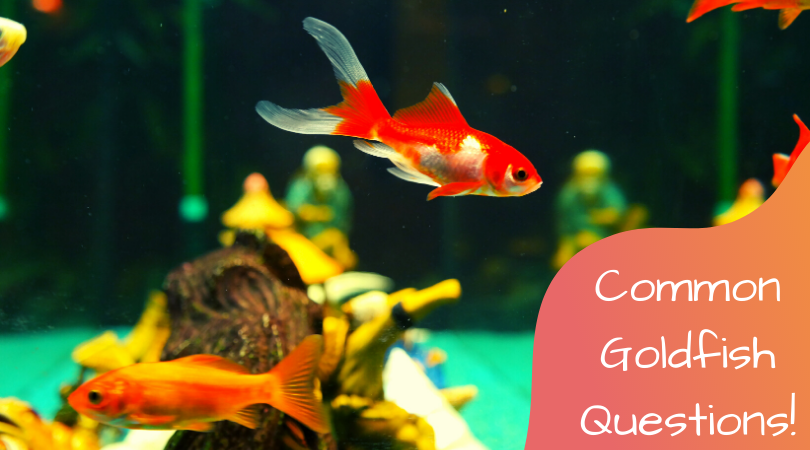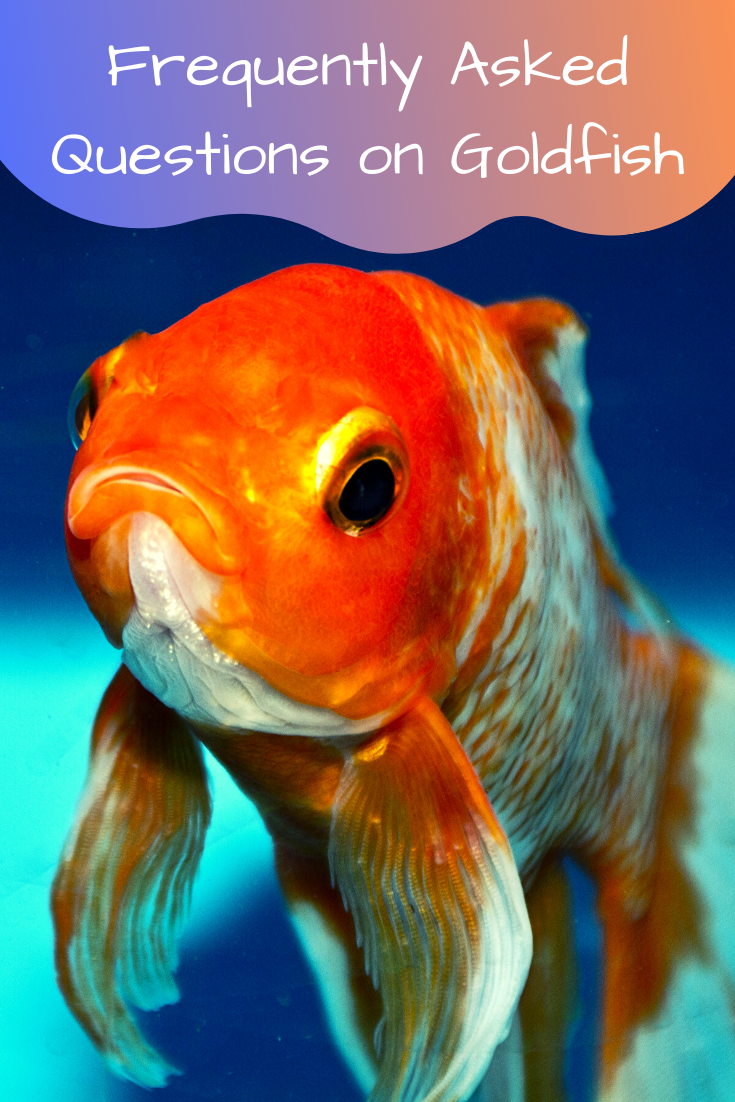For people who want a pet but don’t have time, a goldfish is the perfect choice for you. Goldfish care and maintenance is perhaps least time consuming and demanding of all pets. No grooming, no training, no walking- just clean a bowl and drop in some food.
Originating in China, goldfish were once highly valued pets of people royal blood or status, and people who resided outside of the palace were prohibited to keep them. They originated as the common carp, but somehow developed a genetic mutation which gave them the gold color. The Chinese began to breed the new gold colored fish and this is where we get our goldfish of today.
Goldfish have been bred for pets for thousands of years. They are fun to watch, easy to care for, and can be very striking in appearance. Goldfish are very sociable animals and they prefer to swim in groups rather than live a solitary existence. They are the very first fish to ever be domesticated as household pets.

Post Navigation
How to Identification Goldfish Gender?
If you do decide to keep goldfish as pets, there are very simple ways to distinguish between the males and the females. Male goldfish have a narrower body and appear to be more symmetrical than the females. Their anal opening is inverted in contrast to the female whose opening protrudes slightly.
Another way to differentiate the two genders is to observe their behaviour during breeding. The males will be actively pursuing the females around the tank. Goldfish reach their sexual maturity around nine months to year years of age.
Here are a few clues that you can look for when trying to determine if your Goldfish are boys or girls:
- Males tend to have a firm abdomen while a female’s abdomen is much more pliable.
- Male goldfish tend to have a longer pectoral area in addition to a stiff fin ray. Females have more rounded pectorals and their fin rays are shorter.
- Male goldfish develop small white spots on their pectoral and gills, also known as “breeding tubercles” during breeding time (in the Spring).
- Do some of your fish chase the others? The male tends to be the chaser. This is a natural thing that the fish tend to do from time to time.
- Female goldfish on average are slightly larger then males, and obviously look even larger when they are full of eggs!
- One major feature that is typically absent in females is that males have midline ridges on their undersides reaching from their vent opening up to the back of their pelvic fins.
Spawning time is the best time to tell the sex of your fish. This occurs in the Spring. The female’s opening looks larger and larger as the eggs begin to ripen. This leads her to look bigger and heavier. It is also possible to see white breeding tubercles on the male fish, since goldfish reproduce through external fertilization.
How Much do Goldfish Weigh?
Goldfish can grow quite large. It’s not uncommon for one to weigh 5 lbs. They can even grow up to 10 lbs if conditions allow. The main determining factor in the overall size and weight of your goldfish will be the size of their environment.
If your goldfish lives in a small aquarium, then it will stay small. If your goldfish lives in a medium size outdoor pond then it is certainly possible for it to grow 14″ in length and weigh several pounds. A common 10 gallon tank will probably yield a 4″ goldfish. In a larger tank, it is possible for the goldfish to grow up to 8″ and weigh nearly 1 pound.
Do Goldfish Have Ears?
No. Goldfish do not have ears. Instead they have internal ear bones known as otolith which allow them to feel vibrations. This is why at pet stores there are signs saying, “Do not tap the glass.” Tapping on the glass can stress your goldfish and possibly even kill them.
Do Goldfish Have Lungs?
No. Goldfish do not have lungs like a human. Instead they breathe underwater with gills. They take water in through their mouth and force it through their gills. The oxygen is drawn from the water and absorbed by the fish. When the water leaves the gills of the goldfish it takes with it carbon dioxide and ammonia.
Can Goldfish Get Sick?
Yes. Like any living creature, goldfish can get many diseases and illnesses. From constipation to bacterial gill disease, eye disease to velvet disease. This is why it’s important to learn how to properly care for your goldfish. Keep your pet healthy and happy!
Can Goldfish Survive in Cold Water?
In an outdoor pond, goldfish can survive water temperatures around 40*F (5*C) and sometimes lower. When the water gets that cold goldfish go into a partial hibernation state. They don’t swim or eat very much. Instead they congregate at the bottom of the pond seeking out the warmest water. Even if your pond freezes over during winter it is still possible that your goldfish will survive.
What Can I Do With Dirty Aquarium Water?
Not surprisingly, the fish waste and nitrates in the old aquarium water makes great fertilizer for your household plants and gardens.

Is it Possible to Overfeed a Goldfish?
Yes. Overfeeding your goldfish can make it sick from constipation. In some cases, the fish can die from a burst stomach. A goldfish that eats too much also produces a lot of waste which makes the water dirty. So, it’s bad for the fish and creates more work for you.
Fish are amazing creatures. They are fun to watch, easy to care for, and comparatively inexpensive. But those aren’t even the most interesting points of owning a goldfish. Did you know goldfish have been kept as pets for over 1,000 years?
Interesting Goldfish Facts
- They come in many colors from gold to black and white.
- There are more than 2 dozen species of goldfish.
- The goldfish is an Asian carp.
- Goldfish arrived in the United States between the 18th and 19th centuries.
- Goldfish symbolize good luck or fortune.
- Keeping goldfish as pets began in China for use in ornamental ponds and watergardens.
- Goldfish can see ultraviolet and infrared light.
- Goldfish can live 10 years. Some have been known to live up to 25 years!
- Comet Goldfish can grow up to 30 inches long.
- The common goldfish can grow up to 40 inches!




